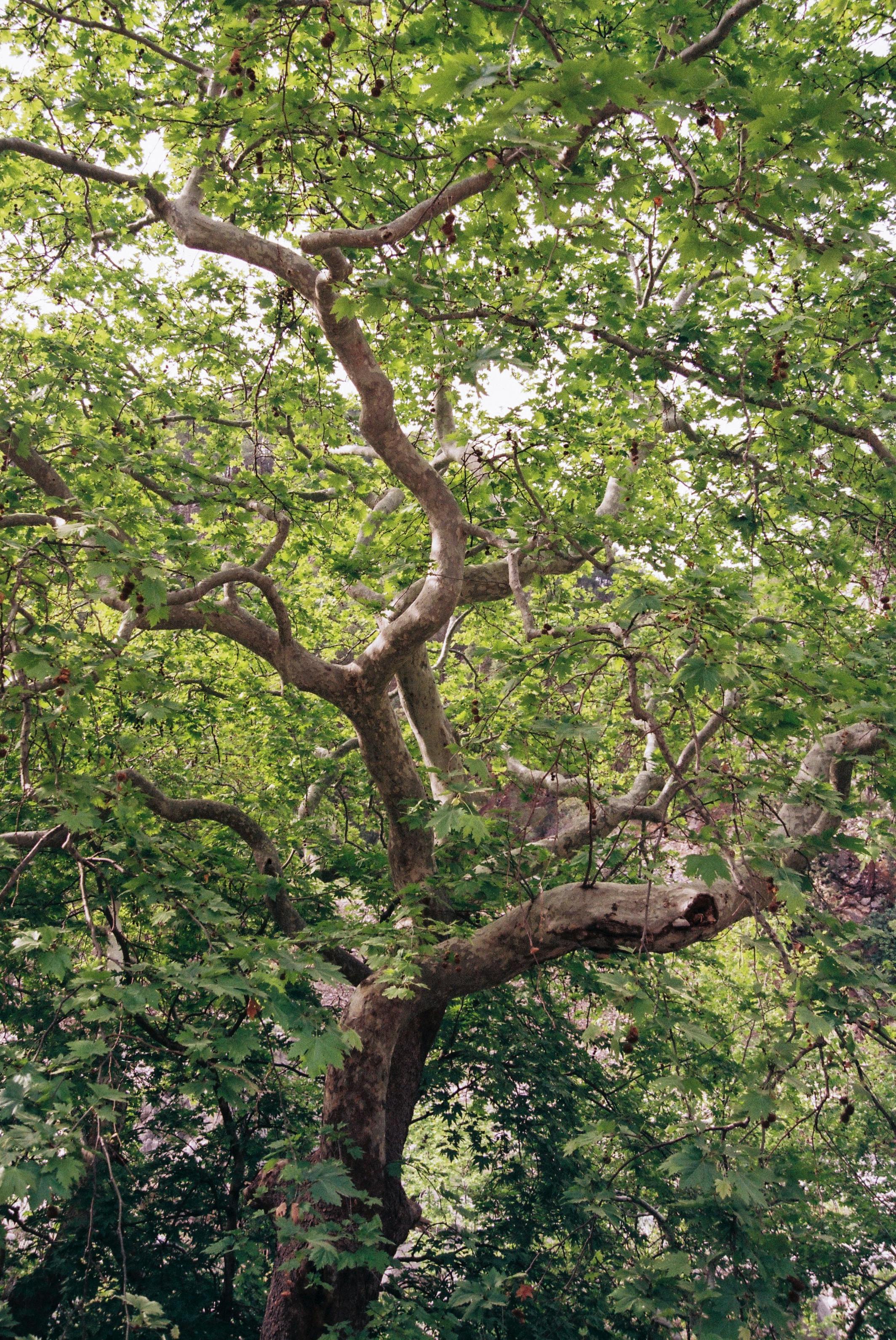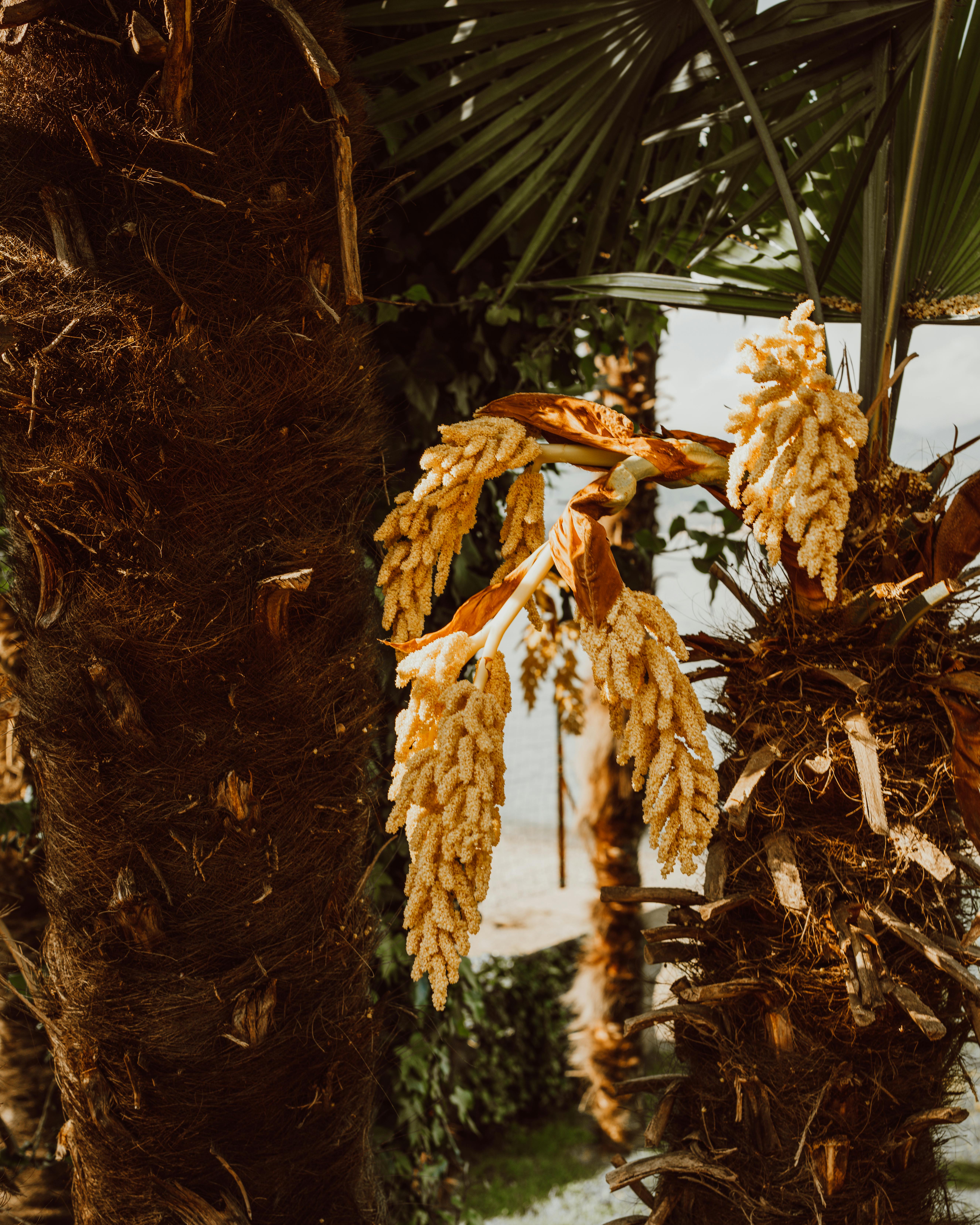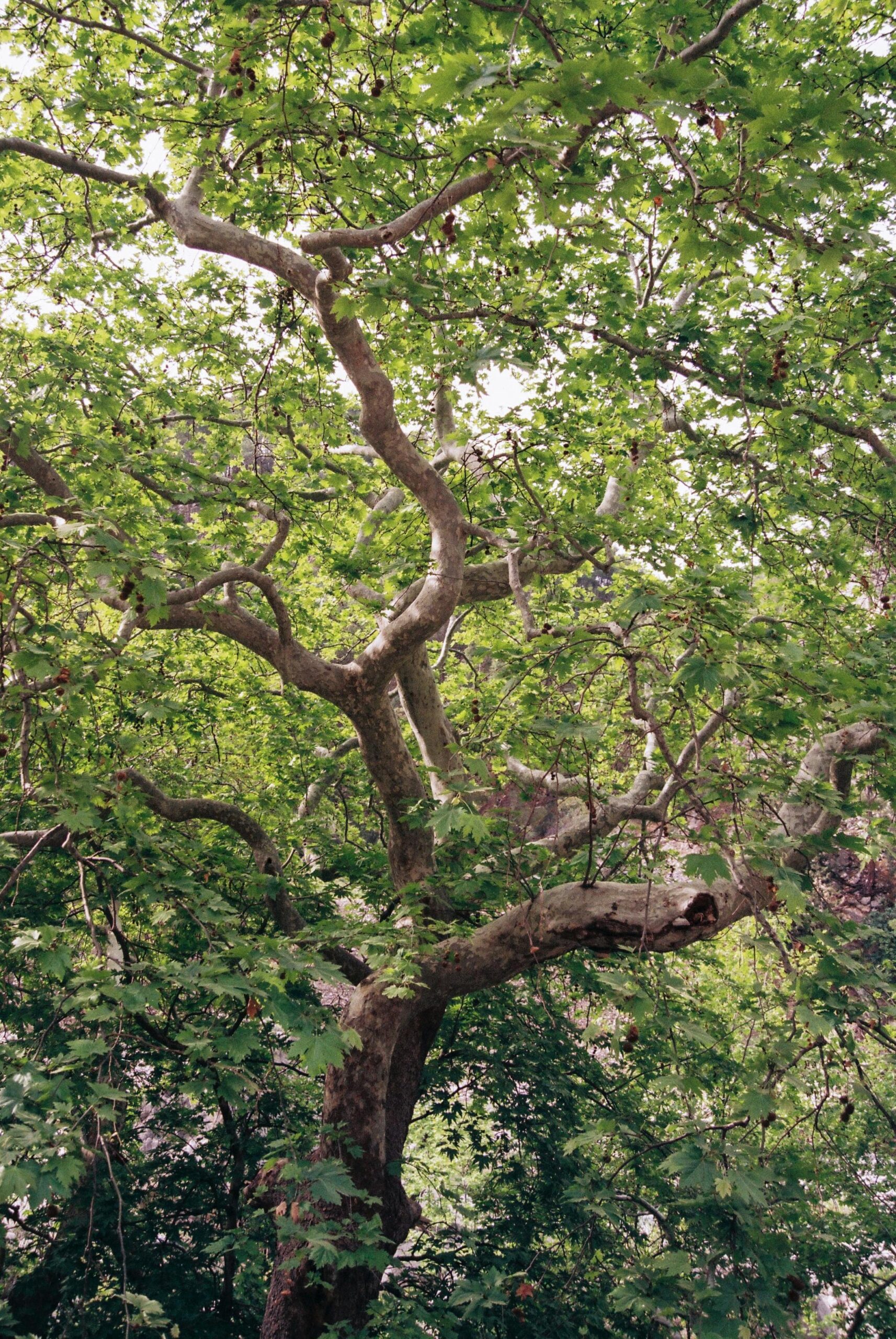Ultimate Guide to Using Bark for Gardens Effectively
Transforming your outdoor space into a lush, thriving sanctuary begins with choosing the right foundation—and bark for gardens is a powerful yet often underutilized tool. In today’s environmentally conscious world, using natural, sustainable materials in gardening has never been more important. This guide will walk you through the many uses of bark for gardens, how to implement it effectively, and advanced techniques for optimizing your landscaping efforts.

Understanding the Fundamentals
Bark for gardens refers to shredded or chipped pieces of tree bark applied to soil surfaces as mulch. It’s a simple but highly effective solution to common garden issues. Initially popularized in the mid-20th century, its use has expanded rapidly due to benefits in moisture retention and weed suppression.
These fundamentals matter because they directly impact soil quality, water conservation, and plant health. Think of bark as both a blanket and a barrier for your garden—it insulates roots and repels weed invasions simultaneously.
1.1 Moisture Retention and Soil Enrichment
Bark mulch acts as a protective layer, reducing evaporation and keeping soil moist longer, especially during dry spells. Studies from horticultural universities show gardens using bark mulch retain 25-40% more moisture than bare soil.
It also gradually breaks down over time, adding organic matter and enriching the soil. Gardeners have noted improved plant growth and richer soil texture within a single season of using bark for gardens.
1.2 Weed Suppression and Erosion Control
Unlike synthetic options, bark provides a natural weed barrier by blocking light and making it difficult for invasive species to sprout. Its density and texture also help prevent topsoil from washing away during heavy rain.
While bark mulch excels in these areas, it’s often mistaken as purely decorative. In reality, its utility far exceeds aesthetics, offering functional benefits for any home garden or commercial landscape.
Practical Implementation Guide
Now that we’ve covered the basics, it’s time to explore how to apply bark mulch effectively in your own garden. With the right approach, you can maximize the benefits and create a more sustainable green space.

2.1 Actionable Steps
- Site Preparation: Remove weeds and debris, and level the soil to ensure even coverage.
- Tools & Materials: You’ll need a wheelbarrow, rake, gardening gloves, and high-quality bark mulch (e.g., pine, cedar, or hardwood).
- Application: Spread a 2–4 inch layer of bark for gardens, ensuring it doesn’t touch plant stems directly. Reapply yearly as it decomposes.
2.2 Overcoming Challenges
Common issues include improper thickness (too thin invites weeds, too thick suffocates roots), poor-quality bark containing chemicals, and fungal growth in humid climates. Monitor soil conditions to address these early.
To avoid these pitfalls, use seasoned bark rather than fresh, unprocessed wood. Consider adding a landscaping fabric underneath for extra weed control, but make sure it’s breathable to avoid suffocating the soil.
Advanced Applications
Once you’ve mastered the basics of bark mulch, you can explore advanced techniques to enhance both function and aesthetics. These methods are ideal for experienced gardeners and those managing larger landscapes.

3.1 Layered Mulching Systems
Layered mulching involves combining bark with other materials like compost or straw. This dual-layer approach improves nutrient cycling while still offering weed suppression. Some landscapers use bark over drip irrigation lines to maintain a polished look while protecting infrastructure.
Case studies show layered systems can increase plant yield by up to 20% in vegetable gardens. They’re also favored in permaculture designs, where sustainable layering is key.
3.2 Combining Bark with Edging Materials
Integrate bark with stone or metal edging to keep it contained and boost visual appeal. This combination not only looks professional but also simplifies maintenance and keeps bark from spilling into pathways or lawns.
Compatibility is essential—ensure bark type and edging style suit your climate and garden goals. Hardwood bark works well in wet areas, while pine bark is better suited for dry zones due to its lighter texture.
Future Outlook
The future of bark mulch is promising, especially as urban gardening and eco-friendly landscaping become more mainstream. Innovations like colored bark and infused mulch with slow-release fertilizers are entering the market.
Over the next 3–5 years, expect to see bark products tailored to specific plant types and climate zones. Gardeners should stay informed about sustainable sourcing and consider biodegradable packaging when purchasing bark products.
Conclusion
To recap, bark for gardens enhances soil health, conserves water, and provides lasting weed control. Its natural appeal adds beauty while delivering real functional value. From beginners to master gardeners, everyone can benefit.
Ready to upgrade your landscape? Start by sourcing quality bark mulch and applying these proven methods. Your garden—and the environment—will thank you.
Frequently Asked Questions
- Q: What is bark mulch used for in gardens? Bark mulch is primarily used for moisture retention, weed suppression, and improving soil quality over time.
- Q: How do I get started using bark in my garden? Begin by clearing your soil, sourcing high-quality bark mulch, and spreading it evenly in a 2–4 inch layer.
- Q: How much time does bark mulch maintenance require? Minimal upkeep is needed—just check thickness seasonally and reapply once a year.
- Q: How much does bark mulch cost? Prices range from $2 to $6 per cubic foot depending on type and source. Bulk purchases often reduce cost.
- Q: Is bark mulch better than other mulches? Bark lasts longer than straw or grass clippings and offers better aesthetics and weed control.
- Q: Is bark mulch hard to apply? Not at all—it’s beginner-friendly and requires only basic gardening tools and a few hours of time.
- Q: Can bark mulch be used in vegetable gardens? Yes, but it’s best applied around the edges or paths rather than directly on edible plant beds to avoid nitrogen lock.
